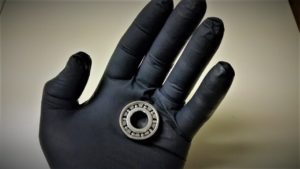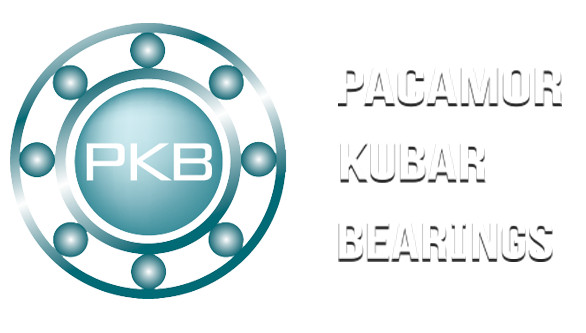Bearing Bore & O.D. Codes
Bearing Bore and OD Codes

Bore and OD dimensions are important for determining proper bearing fit on the shaft or housing. There are three main types of shaft and housing fits. A loose fit is when the bore of the inner ring is slightly larger than the outer shaft diameter. A line-to-line assembly is when the bore of the inner ring of the bearing and the outer diameter of the shaft are the same. With a tight fit, the bore of the inner ring of the bearing is slightly smaller than the outer shaft diameter. Tight fits are also called interference or press fits, because bearings in these assemblies are pressed onto shafts.
Slightly loose shaft-to-housing fits are suitable for most applications, while line-to-line fits often provide the best performance. If bearings are assembled on a shaft that is too large (creating a press fit) the inner ring may stretch slightly. When this occurs, the bearing’s radial play can be diminished or even eliminated altogether.
Some manufacturers and overhaulers try to reduce cost by choosing lower-priced shafting. However, it is imperative that the shaft outer diameter not vary too much; otherwise it creates varied fits against even tightly toleranced bearing bores. Where the shaft and housing fit may be looser than desirable, it is actually best to err toward a looser fit rather than an interference fit. In these cases, an adhesive such as Loctite often overcomes slightly loose assembly. That said, caution must be exercised with any adhesive, as they can contaminate inner assembly workings. Even a small amount can cause catastrophic failure.
| Tolerance | 0.0001 Increment Coding (Standard), In | 0.000050 Increment Coding, In |
|---|---|---|
| Nominal to -0.000050, In | 1 | A |
| -0.000050 to -0.000100, In | B | |
| -0.000100 to -0.000150, In | 2 | C |
| -0.000150 to -0.000200, In | D | |
| -0.000200 to -0.000250, In | 3 | E |
| -0.000250 to -0.000300, In | F | |
| Grade Symbols | ||
| Graded Bore and OD | ZD | XZD |
| Graded Bore Only | ZB | XZB |
| Graded OD Only | ZO | XZO |
*Contact us with your miniature ball bearing requirements.






